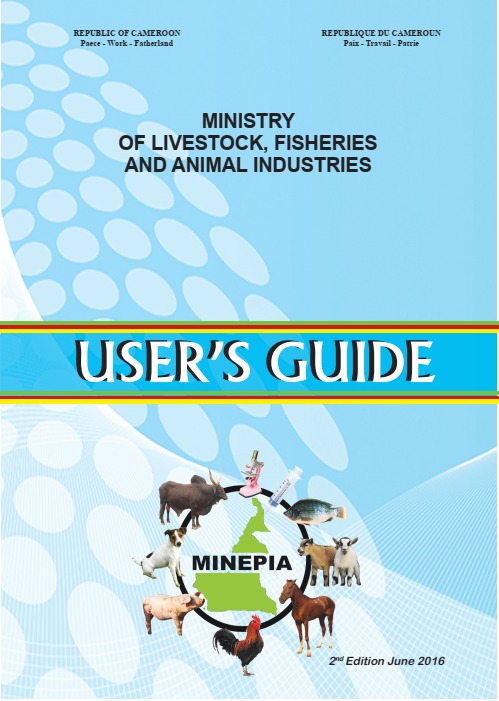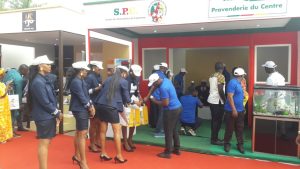Ministry of Livestock, Fisheries and Animal Industries
FLASH INFOS :
- DAIRY SECTOR IN THE GREAT SOUTH: THE GOVERNMENT BOOSTS PRODUCTION
- 26th CONFERENCE OF THE REGIONAL COMMISSION OF THE WORLD ORGANIZATION FOR ANIMAL HEALTH: ADDIS ABABA, ETHIOPIA, FROM 03 TO 7 FEBRUARY 2025: the Cameroonian delegation is led by Dr. TAÏGA, Minister of Livestock, Fisheries and Animal Industries.
- ANNUAL CONSULTATION BETWEEN CENTRAL AND DECONCENTRATED SERVICES AND PRESENTATION OF 2025 WISHES TO MINEPIA
- The Cameroon Interprofessional Aquaculture Show (SIAC) in pictures
- SIAC 2024: PRESS KIT
- Program of the First Interprofessional Aquaculture Exhibition of Cameroon (SIAC 2024) From December 2 to 7, 2024
- SIAC (The Interprofessional Aquaculture Exhibition of Cameroon) at the YAOUNDE MULTI-PURPOSE SPORTS PALACE (PAPOSY)
Cabinet News
Important documents
Decision portant nomination des chefs de section dans les DDEPIA
Décision portant nomination des chefs de bureaux des CNFZV
Décision portant nomination des chefs de bureaux des DREPIA
Situation de la production des importations du sous secteur EPIA en 2023
Situation de la production et des importations du sous-secteur EPIA, année 2020
Liste des avancements signes de janvier 2018 a février 2019 région de l’Est
Liste des avancements signes de janvier 2018 a février 2019 région de l’Adamaoua
Communiqué relatif aux avancements de Janvier 2018 a Février 2019
- 1
- 2

















